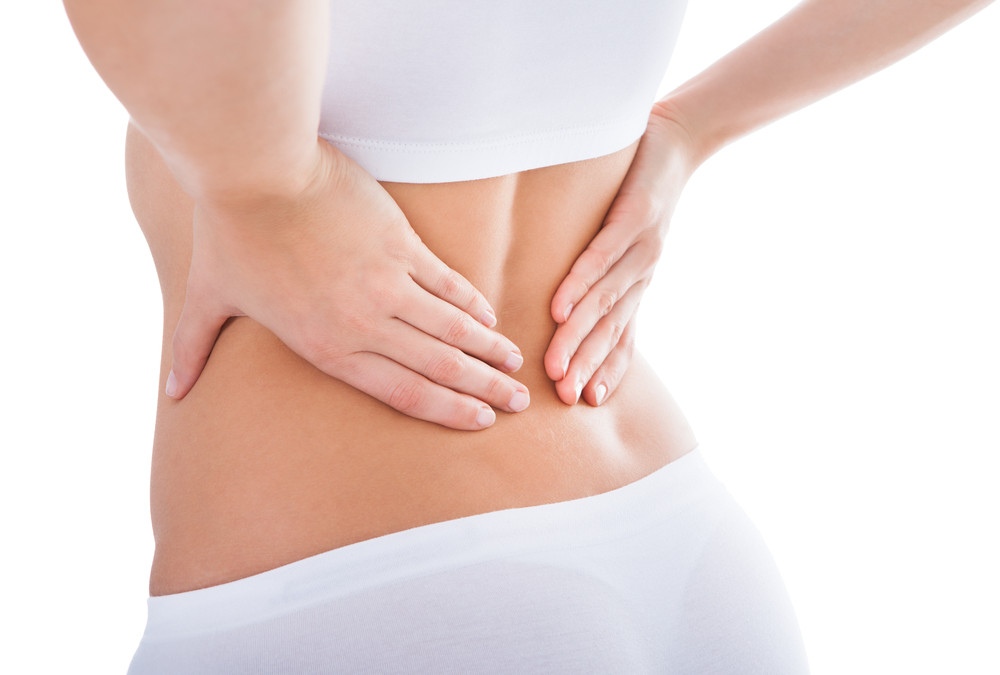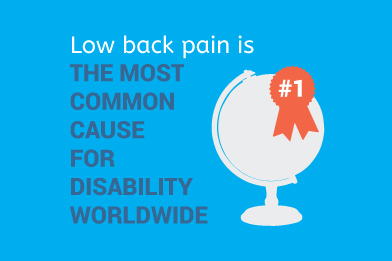Low back pain is only second to the common cold for being the reason employees miss work. If you are among the many people suffering from low back pain, you may be looking for an answer to which facts are real and what is false.
Here are a few myths and the facts that dispel them:
Myth 1: My back hurts so I need bedrest
Fact: Not only is bedrest no longer recommended, but it has also been found to slow down recovery time. Light activity, such as walking will helps you heal faster. So while it’s still important to rest and ice or heat as needed, make sure you don’t lie in bed all day. Get up and move around often.
Myth 2: Crossing my legs will cause sciatica
Fact: Crossing your legs will not directly cause sciatica and is not inherently bad for your lower back. When your legs are crossed it does though change the position of your hip joints and sacrum which have a direct relationship to your sciatic nerve and may cause unwanted stress in your sacroiliac joint, lower spine and hips.
A rule of thumb is any prolonged posture or position will have a negative effect on the “loading” of your joints and balance of your body. When both feet are flat on the floor while sitting, your weight is evenly distributed and your hips are “unloaded”. The best practice is to maintain good posture and stand up often during prolonged sitting.
Myth 3: I need an MRI test to diagnose my back pain
Fact: In most cases of low back pain, MRIs are not necessary and only needed if you are not responding to appropriate back pain treatment and your doctor suspects a more complicated health problem.
In fact, A New England Journal of Medicine article found that “up to 85% of low back conditions cannot be diagnosed on imaging studies”.
Research also reveals that MRIs are found to have a remarkably high number of false positives (a positive finding that has nothing to do with the pain) such as disk degeneration, bulges or even disk herniations that are asymptomatic and are not causing pain. In other words, MRIs are unable to reliably diagnose the problem.
Myth 4: Posture doesn’t matter when I sleep, just when I’m sitting or standing
Fact: Most everyone knows that good posture is important, but good posture doesn’t apply just to sitting and standing. Your body is in the restorative state when you sleep to allow your back muscles and ligaments to relax and heal from a full of working.
In order to protect your back, a good pillow is important while sleeping. Unfortunately, fill pillows are often not supportive enough and foam pillows are too dense. The BackJoy SleepSound Pillow is constructed of memory foam and down fill in a patented layered system to support your head and neck.
Myth 5: I’ve slumped for years. The damage is done so I’ll have to deal with back pain forever
Fact: Studies reveal that even people in their 80’s and 90’s can improve their posture and relieve low back pain, giving them more mobility, independence, health, and quality of life.
Remember- good posture means you are using muscles you may not have engaged in some time to ease yourself into it and know that you might feel a little muscle soreness for the first few days of sitting or standing with proper posture. Watch this video by Dr. Mark Barnes from Telespine on the 5 basic steps of better posture.
Guest blog for Telespine by Stephanie Stewart from BackJoy

